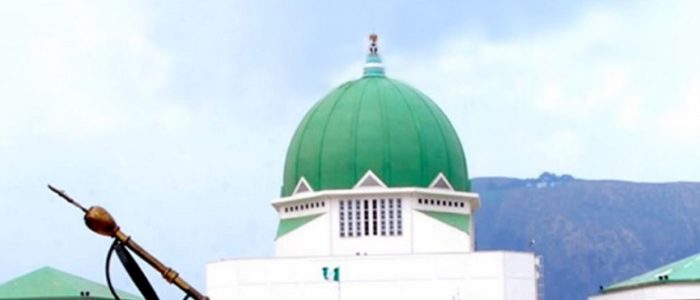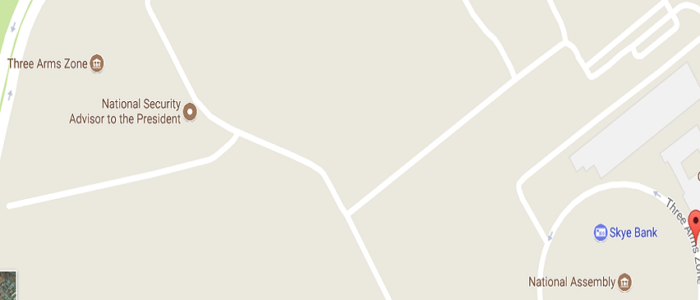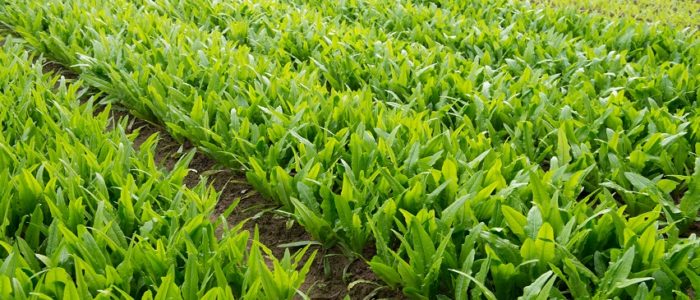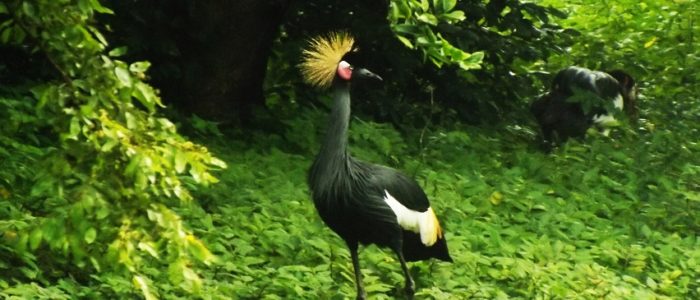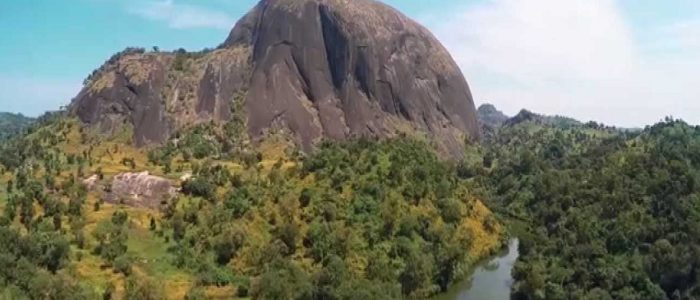HISTORY OF ABUJA
The land now called Abuja was originally the south-western part of the ancient Habe (Hausa) kingdom of Zazzau (Zaria). It was populated for centuries by several semi-independent tribes. The largest of the tribes was Gbagyi (Gwari), followed by the Koro and a few other smaller tribes. In early 1800′s when Zaria fell to Fulani invaders, Muhammed Makau, fled south with some followers and his brothers- Abu Ja and Kwaka.
Abu Ja succeeded Makau in 1825. The full name of the king was Abubakar, Abu was his nickname. By some accounts his fair complexion earned him the nickname Ja which means red or fair-skinned in Hausa. He became known as Abu-Ja meaning Abu the red or Abubakar the fair one. Other sources say that the Ja is a shortened form of lshaku Jatau, his father’s name. King Abubakar founded the kingdom of Abuja.
WEATHER AND CLIMATE
Abuja under Köppen climate classification features a tropical wet and dry climate (Köppen: Aw). The FCT experiences three weather conditions annually. This includes a warm, humid rainy season and a blistering dry season. In between the two, there is a brief interlude of harmattan occasioned by the northeast trade wind, with the main feature of dust haze and dryness.
The rainy season begins from April and ends in October, when daytime temperatures reach 28 °C (82.4 °F) to 30 °C (86.0 °F) and nighttime lows hover around 22 °C (71.6 °F) to 23 °C (73.4 °F). In the dry season, daytime temperatures can soar as high as 40 °C (104.0 °F) and nighttime temperatures can dip to 12 °C (53.6 °F). Even the chilliest nights can be followed by daytime temperatures well above 30 °C (86.0 °F). The high altitudes and undulating terrain of the FCT act as a moderating influence on the weather of the territory.
Rainfall in the FCT reflects the territory’s location on the windward side of the Jos Plateau and the zone of rising air masses with the city receiving frequent rainfall during the rainy season from April to October every year
[wpc-weather id=”2313″/]
FCT ADMINISTRATION
The Federal Capital Territory Administration (FCTA) is a Nigerian ministry that administers the Federal Capital Territory of Nigeria. It is headed by a Minister appointed by the President, assisted by a Permanent Secretary, who is a career civil servant. Presently, the FCT Minister is Mohammed Bello, assisted by Permanent Secretary Mr. Ohaa Chinyeaka Christian..
The Federal Capital Territory Administration was created by President Olusegun Obasanjo on December 31, 2004 following the scrapping of the Ministry of the Federal Capital Territory (MFCT). Seven new Mandate Secretariats were created for Education, Transport, Agriculture and Rural Development, Health and Human Services, Social development, Legal Services and Area Council. These Secretariats were headed by non-career civil servants in an attempt to reduce administrative bottlenecks.
Two agencies are administered by the FCTA: Abuja Environmental Protection Board, concerned with waste collection and disposal and other environmental matters, and Abuja Geographical Information System, which provides a computerized geo-spatial data infrastructure and a one stop for all land matters for the FCT, used to facilitate land acquisition and collect all land related revenue for the FCT
THE THREE ARM ZONES
The Three Arms Zone or TAZ is fashioned after Capitol Hill in Washington D.C. where the U. S Congress, the Supreme Court and the White House are within a short distance of each other.
In Abuja, the TAZ consists of the Presidential Villa, the National Assembly and the Supreme Court, all surrounded by a ring road.
VEGETATION
The FCT falls within the Guinean forest-savanna mosaic zone of the West African sub-region. Patches of rain forest, however, occur in the Gwagwa plains, especially in the rugged terrain to the south southeastern parts of the territory, where a landscape of gullies and rough terrain is found. These areas of the Federal Capital Territory (FCT) form one of the few surviving occurrences of the mature forest vegetation in Nigeria.
especially in the gullied train to the south and the rugged south eastern parts of the territory. These areas of the FCT form one of the surviving occurrences of the mature forest vegetation in Nigeria.


